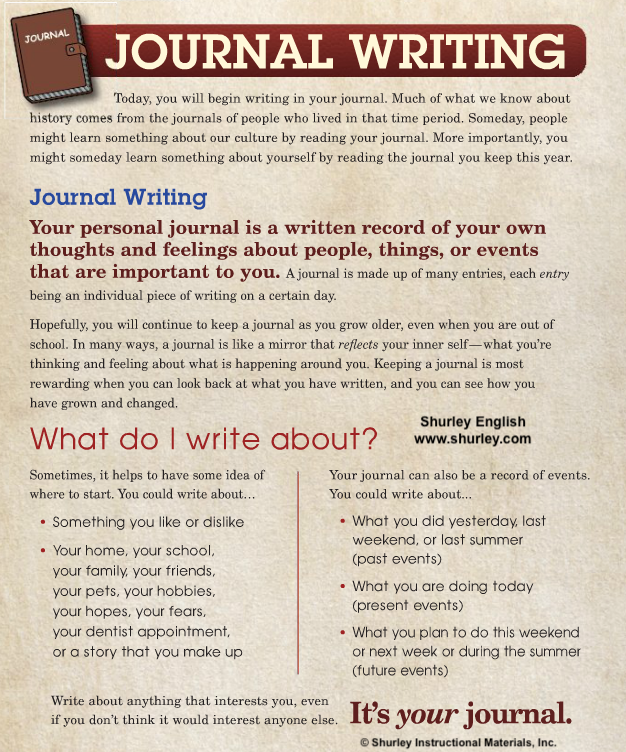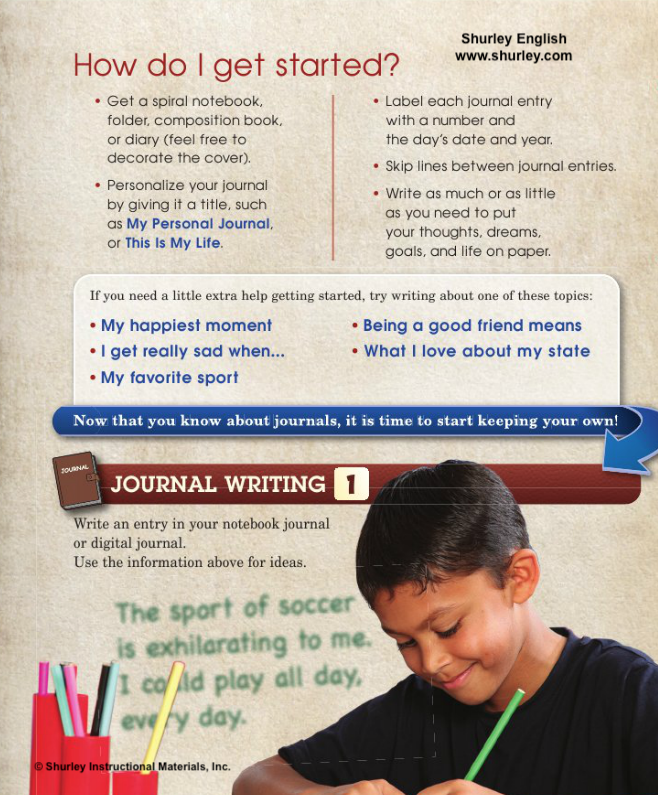Summer Break is here, and our thoughts are revolving around words like vacation, relaxation, rest, getaway, and so on! Words like homework, project, and assignment instantly turn into bad-words the minute summer vacation begins, so I encourage you to avoid them at all costs! Instead, try to generate creative ways to keep your child/children actively involved in writing, reading, and processing information over the break. One way to keep all these language arts skills at the forefront in a covert way is to develop family storybooks.
Family storybooks are similar to reflective journaling yet different because they are created through group effort! Topic areas are limitless because the stories can be written on just about anything! (Examples include: Our Day at the Zoo, Cleaning Day!, The Cruise of a Lifetime, etc.) No storybook will ever be complete until every person submits their entry. It will be up to you to pick and choose the number of storybooks your family will create over the summer break! All you have to do is introduce the activity and provide the encouragement. Your participation will set an excellent example for your kids, and the final product will be a keepsake for everyone to enjoy now and forever!
Here are the steps involved:
1. Explain the concept of the family storybook prior to the activity.
2. Encourage children to pay close attention to details during the event so they will be able to describe them in writing later.
3. Take digital pictures before, during, and after the event (if possible), and allow each participant to choose pictures to include with their writing. Of course, pictures can also be drawn or painted; get creative!
4. Encourage each child to write as much as they can about the experience, including personal thoughts and feelings.
5. Set a deadline for the individual drafts to be completed and pictures to be selected.
6. Combine everyone’s story in a logical order (example: youngest to oldest) and place them in a notebook, report binder, or digital file.
7. Enjoy reading each family storybook individually and/or together.
8. Share your family storybooks with others!
It’s a fact that each person perceives their surroundings by seeing, hearing, smelling, and feeling. Accordingly, everyone’s experience will be unique to them, and it will be fun to see and read varying accounts of the same event. After the first family storybook is completed, subsequent storybooks will usually become easier and more detailed! The best part about the activity will be that you and your family will be engaged in writing, reading, and information processing all summer long! Family storybooks will be a unique memento that will capture moments in time to enjoy a lifetime! This could become a new summer tradition! Whatever you do, have fun with it!














































































































